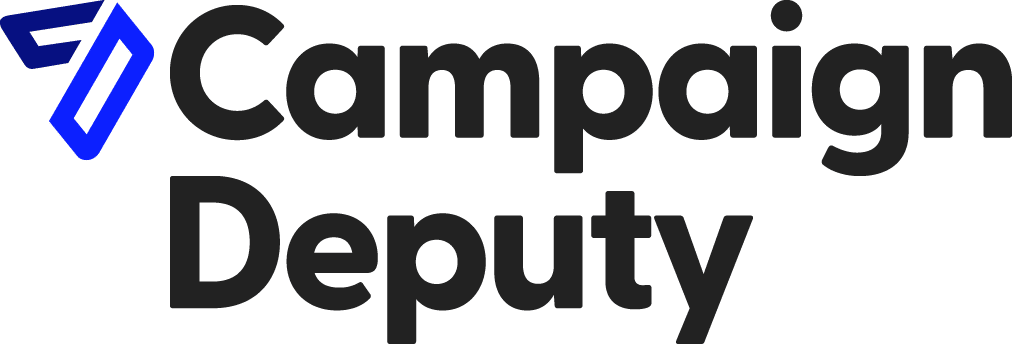
Tracking phone calls can be tricky, especially if you have multiple staff members making calls on a regular basis. You might be wondering how to track phone calls, or even why you should track them. Many organizations resort to listening in on staff calls for gathering qualitative data, but this is a time-consuming process and doesn’t always give you a clear picture of exactly what’s happening across all your staff members. This article will look at the 7 metrics you should be tracking and why they’re important.
Before we start, consider trying our free trial to improve your call tracking today.
Let’s get into it.
How To Track Phone Calls
Understanding how to track phone calls correctly can help you uncover where staff require additional training, or even where you have outstanding staff who might be perfect for leadership roles.
Here are the 7 most important metrics you should be tracking:
Total calls made
Duration of calls
Conversion rates
Value of calls
Information from calls
Past and future call scheduling
Database contacts
You might already be tracking some of this data, but understanding its significance will help you make decisions for improving staff performance across the board.
Let’s take a look at these metrics and how you can use them in more detail.
1. Total calls made
The first and most important metric to track is the overall quantity of calls your staff are making.
A common sentiment when it comes to successful cold-calling campaigns is, "it's a numbers game" and for campaign fundraising there is no exception.
The more calls your staff makes, the more likely they are to be successful. However, simply making more calls in a day won’t deliver your desired results. Striking a good balance between call quantity and the quality of the conversations staff are having is also important. Ensuring conversations are of high quality is crucial or you’ll end up burning through your database of contacts without any significant results.
So the next metric is also important to consider, together with the total number of calls.
2. Duration of calls
Ensuring staff aren’t simply attempting a call with a script and giving up at the first objection is key. This is why a healthy call duration is just as important as the total quantity of calls staff make. If call durations are low and call quantities are high, it might be because your staff requires some training or the data you’re using isn’t quite right for your goals. So keep a close eye on both call quantity and call durations, and this will give you a good overall idea of how effective your outbound call strategy is.
Once you find a good balance between call quantity and call duration, the next metric to consider would be your conversion rate.
3. Conversion rates
Tracking your conversion rate is another metric you cannot ignore. Your conversion rate is calculated using the following equation:
(Number of successful outcomes / Number of total calls) x 100 = Conversion rate
This way, you can calculate what percentage of people are actually donating to your cause or buying your offer.
Understanding the relationship between your conversion rate, the number of calls, and the duration of calls, provides you with a good overview of your calling campaign:
-
If call quantities are high but your conversion rates are low, then it might be that the quality of calls might be low and staff might need additional training. Or once again, your data might not be exactly right.
-
If call quantities are low but your conversion rates are high, you might want to encourage staff to make more calls in a day. Remember, more calls might not always be the answer as this might reduce the quality of calls. So be careful implementing any changes if your conversion rate is already quite good.
There are many ways of interpreting the data, but having more datapoints to work with can be helpful.
4. Value of calls
One of the easiest ways of increasing your total donations or profits is by increasing the total value of each conversion. This is determined by your offer or the donation strategy you’re implementing, and the skill of the staff member on the phone to effectively convert the person they’re speaking with. Tracking the value of each call, together with your conversion rate and quantity of calls is the best way of tracking staff phone calls and their effectiveness. Because you’ll quickly realize if it’s the skill of your staff or your overall strategy that’s holding your organization back.
The best equation for calculating this would be:
Total donations or revenue / Number of phone calls = Value of each phone call
Now, if you can increase the number of phone calls your team makes as well as their quality, you’ll increase the value of each phone call.
5. Information from calls
Tracking the information gathered on a call is less about the value of the call, and more about measuring the quality of the phone calls your team makes. The more information gathered on a call, the more your staff were able to properly establish rapport with their recipient and uncover what they needed to know. Not only does this help to increase the value of the call, but it also helps you understand which staff members require additional training to better operate on the phone. A good call time management software will allow you to capture this type of information and link it to the person’s contact details. This way you can effectively build out your database, and have that important information ready to use the next time your staff speaks with them. This increases the overall quality of their interaction and reduces the time on calls because they don’t have to uncover information gathered on previous calls.
6. Past and future call scheduling
Closing a person on the first phone call is difficult, and most will require multiple touchpoints to convert – whether you’re selling them something or requesting donations, it’s all a very similar process. One of the metrics you should also be tracking is the number of repeat phone calls to the same contact, as this will help you understand how much time your staff members are committing to a single contact. For example, if a staff member needs to call the same person twice and spends double the time speaking to the same person, they’re essentially halving the value of each call they make. This isn’t necessarily a bad thing, because if they didn’t make the second call they wouldn’t have closed the person and you would’ve generated zero value from their interaction. However, it’s important to track past and future call schedules to understand how much each interaction is costing you in order to calculate your overall cost equations.
7. Database contacts
Another important metric to track is your overall database of contacts. The last thing you want is for your staff to run out of contacts to call. You’ll be surprised how often this happens, because people get so caught up in their day-to-day activities that they forget about the simplest of tasks – like ensuring they don’t run out of data. So be sure to always know how much data you have, and at what rate your staff is utilizing it to understand when you’ll need to look at acquiring new data. It’s a simple metric, but probably among the most important metrics you should be tracking.
Start tracking your phone calls today!
Tracking phone calls is something you can’t afford to ignore if a large portion of your staff’s time is spent on the phone. It all starts with understanding how to track phone calls, and why you should be tracking them. That’s what this article aims to do and we hope you’ve gained some valuable insight into how you should be tracking and evaluating calls.
